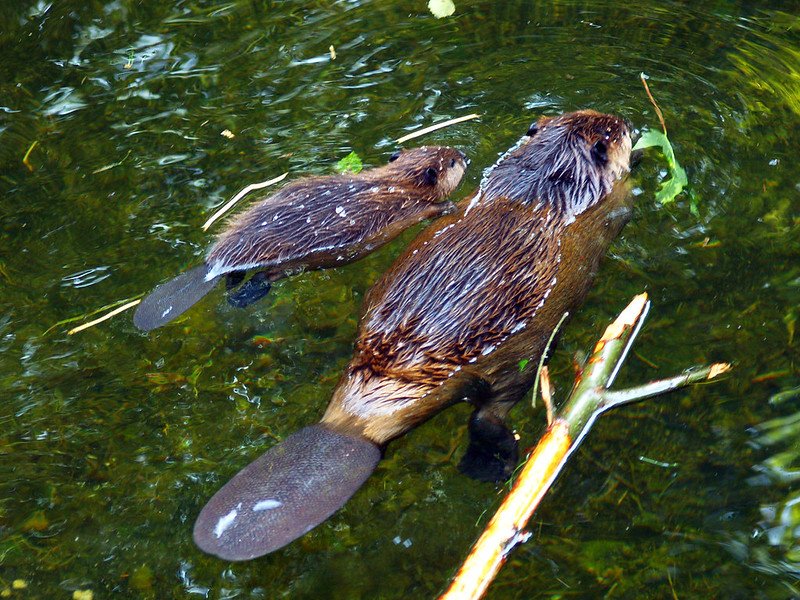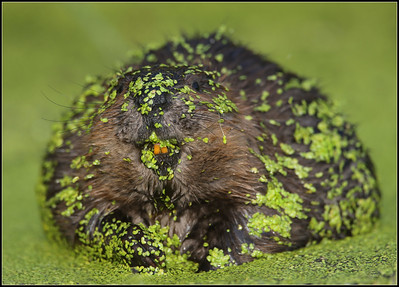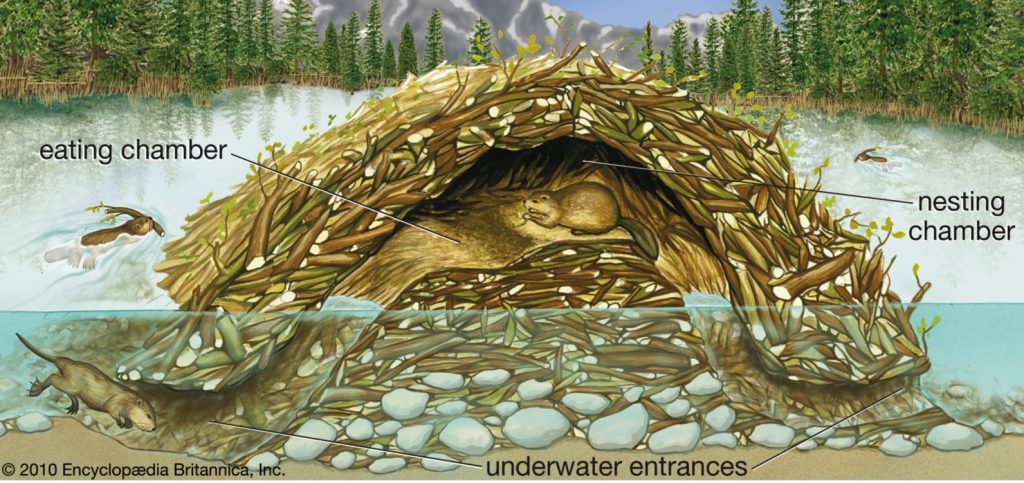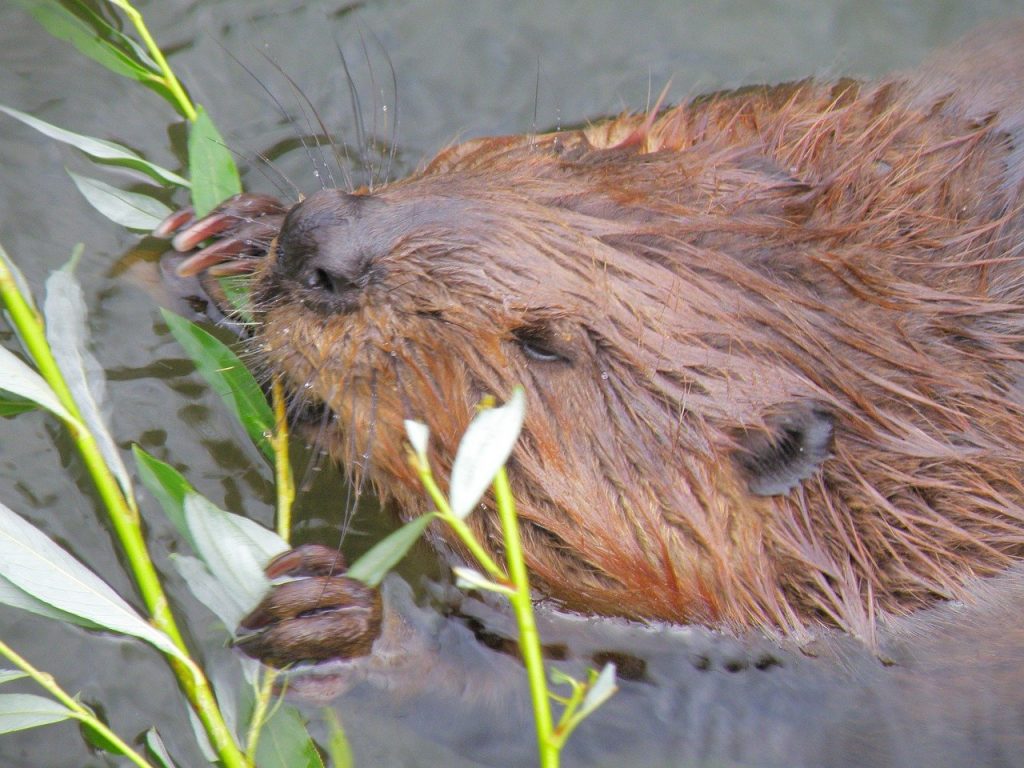Beavers
Beavers

Beavers are the largest rodent in North America. Photo: Steve Hersey/Flicker
Do you feel strongly about beavers? Some people think they are pests, cutting down trees and some, like us, think they are saviors of our wetlands. So, let’s sort through some beaver facts.
First, they are the largest rodent in North America. And what defines a rodent? They are mammals with continually growing front incisor teeth. And did you know 40% of all mammals are rodents?
Second, beavers are one of the few animals that modify their habitat. In order to protect their families, they build their homes in the middle of ponds. But the cool part? They dam up streams to create the ponds. Wow.
And we always love when animals mate for life, which beavers do. Plus they are fiercely loyal to their families. Only if one mate dies, do they find a new love.
Some cool beaver facts

A mom and baby beaver swimming. Photo: Michael B/Flicker
Beavers are are like little submarines.
- They can stay under the water for 15 minutes.
- Their lips close behind their teeth allowing them to hold a branch with their teeth, swim under water and not drown.
- And they have a set of transparent eyelids that cover their eyes as they swim, much like we would wear goggles underwater.
- While submarines have propulsion systems to help them move in the water, beavers have webbed feet to propel them.

Beavers have iron in their orange teeth to make them stronger. Photo: Nigel/Flick
More amazing beaver facts
Why do they have giant flat tails? Well, if danger approaches (think a bear or coyote), they slap the water with their tail to warn their family to take cover. Pretty darn smart.
They also use their tail to balance when they are cutting down a tree and as a rudder in the water. Pretti ingeniuos.
And then what is up with the bright orange front teeth? Because beavers use their teeth to gnaw through trees, they have to have really strong teeth. Their teeth are reinforced with iron, which gives them an orange color.
Where do beavers live?
Beavers have the coolest houses, called lodges made out of tree branches. Usually, they are built in the middle of a pond with their entrances underwater. This keeps predators out and also regulates the temperature inside the lodge when it is too hot or too cold outside.
So how does a beaver find the right pond? Well, often they create the pond by damming a section of a river or stream. To learn more, read our blog “Why Do Beavers Build the Most Amazing Dams?”, which also includes how to coexist with these amazing animals.

A beaver lodge surrounded by a pond with underwater entrances. Illustration: Britannica
How do beavers build dams?
Have you ever seen a beaver dam or a grove of trees that beavers have been gnawing? It is quite extraordinary, the way beavers construct dams.
- First, they fell a tree by gnawing through it. Then they carry or push the branches to the water & float them to use in dam building.
- Stones are gathered with their front paws to reinforce the dam.
- They use silt and grasses from the stream or pond bottom to pack their dams into place.
- The whole beaver family helps in building both the lodge and the dam, with the younger ones learning from the older beavers.

Beavers are herbivores and willow branches are a favorite food.
Why beavers are important
Humans manipulate their environment to be more comfortable. We turn on the heat when it is cold or build a shelter to stay out of the rain. Beavers are one of the very few animals that also manipulate their surroundings to stay safe & warm.
This is one reason they are considered a keystone species. To learn why elephants and oak trees are also keystone species, read our blog What Is A Keystone Species?
When a beaver builds a dam, it floods outlying areas creating wetlands. Frogs, salamanders, fish, birds and lots of mammals depend on wetlands to live. One estimate shows nearly half of all endangered & threatened species need wetlands to survive.
Learn more about beavers
Beavers & Wetlands, an article by Beavers: Wetlands & Wildlife
BioKids: Critter Catalog: Beavers
How Do Beavers Build Dams? by World Atlas
We Are Candid Certified!

P.O. Box 128
Lynn, North Carolina, 28750
Champions for Wildlife is a registered 501(c)(3) nonprofit charitable organization.
EIN #87-4584220
NEWSLETTER SIGN-UP
